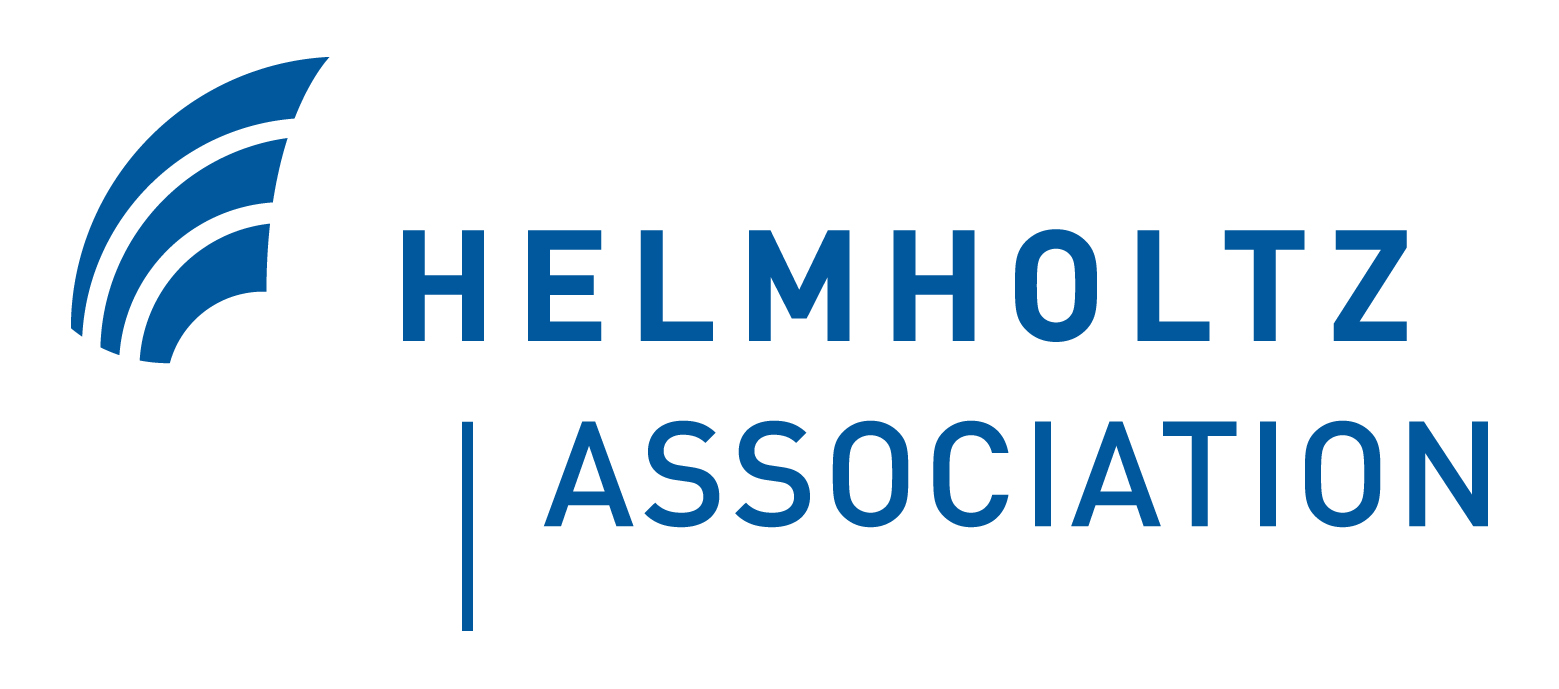Printed electronics based on inorganic nanomaterials: From atoms to functional devices and circuits
- funding:
Helmholtz Association
- Partner:
Karlsruhe Institute of Technology
TU Darmstadt
University Duisburg-Essen
ETH Zürich (Switzerland)
Lawrence Livermore National Laboratory (USA)
Abstract:
The aim of the envisioned Virtual Institute “Printed Electronics based on Inorganic Nanomaterials: From atoms to functional devices and circuits” is to launch a comprehensive research effort to develop the science and technology for the reliable production scheme of commercially relevant inorganic oxide based printed electronics. The ever-appealing advantages of Printed Electronics based on inorganic materials mainly stem from high carrier mobility and environmental stability of inorganic semiconductors which are superior in every aspect compared to the organic competitors. Nevertheless, inorganic semiconductors have never been considered seriously for printed electronics, because solution processing of inorganic materials is rather complex and usually the temperatures necessary to obtain acceptable device performance / carrier mobility are above the glass transition or decomposition temperature of commonly used, inexpensive flexible substrates, such as papers, polymers etc.
Within the frame of this Virtual Institute (VI) we propose alternative ways, based on our ongoing research on 3-dimensional gating, to overcome those limitations. Two main transistor gating approaches are to be explored: on one hand composite solid polymer electrolyte gating with inorganic nanoparticulate layers as the active components to build the transistor channel and, on the other, top-gating in hybrid organic-inorganic transistors. The core of the knowledge-based development of inorganic Printed Electronics will be the validation of the selected materials, the functionality of devices and circuitry, their mechanical and electromechanical stability, and, finally, the economical and technical feasibility of the developed products. The foremost anticipated achievements of the VI are the development of printable components, i.e. the nanoparticle dispersions, electrolytes, organic dielectrics, precursor solutions, and the reduction of the processing temperatures of inorganic materials without compromising the carrier mobilities. The process will by closely accompanied by the detailed understanding of the relevant microscopic processes to specifically address existing and emerging scientific and technological issues/problems during the course of further development.

